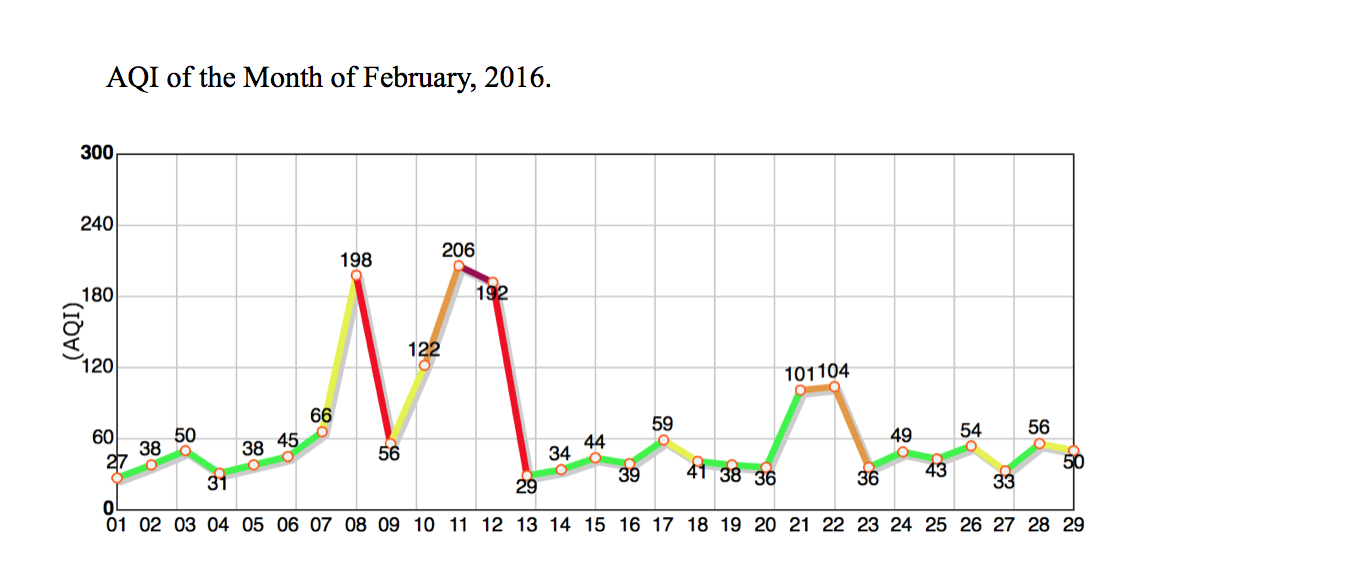by Audrey Tao, Hutong Intern, Student at Tsinghua International School
Lately in Beijing, blue skies seem to have become no longer a myth or a privilege enjoyed only on rare cherished occasions, but rather a more frequent occurrence shared by all. After another disappointing “White” Christmas in Beijing, many had expected to welcome 2016 with another major wave of smog. However, the recent waves of blue across the Beijing sky have proven skeptics and critics wrong.
Last December, when Beijing’s air quality index reached its peak for three consecutive days, the city initiated its first ever hazardous red alert, shutting down schools, factories, and restricting traffic to a minimal level. It is needless to say that after the near city-shutdown, Beijing locals are gaining an increasing awareness of the city’s pollution levels. With the widespread use of apps giving hourly feeds on the AQI levels, anyone with access to the Internet can track the PM 2.5 density we are breathing in every minute.
Surely this past month we have enjoyed many outdoor runs, picnics, and walks all under the cloudless blue sky. “Compared to previous years, the air quality this year has improved, mostly because over time, people are learning to better deal with it and seeing it as a graver issue.” Says Rhea Jiang, student at Tsinghua International School. Many would attribute this flare of blue in the Beijing sky to the high levels of winds that have swept through the city, almost on a daily basis, this past month. Aside from the help of the weather, the government has also initiated actions like approving stricter punishments for factories that pollute, cutting coal burning, and even limiting the pollution caused by fireworks during the Chinese New Year, urging citizens to use flowers and electronic substitutes instead.
“I think we’ve seen a very modest improvement in the number of blue air days. Because the number is so small, it’s too soon to say if it’s a trend. It’s difficult to tell if the regulations are working or we just have good weather,” commented Kyle Schaefer, teacher at Tsinghua International School.
Whether it’s chance or the efforts of the people and government, the blue skies have been quite a miracle for a prolonged period of time. We can only pray that it will last for a bit longer. However, the good news is that earlier this year, the city government pledged to create a smog-free zone in the Beijing-Tianjin-Hebei area by 2030 by lowering coal and gas emissions. Ambitious? Maybe. Commendable? Definitely.













